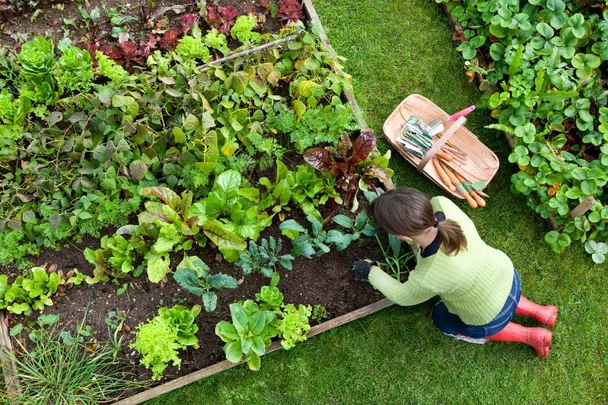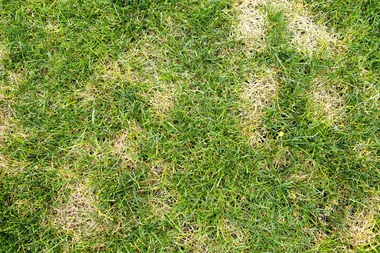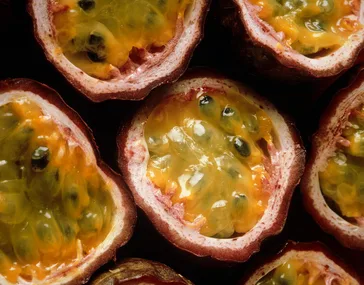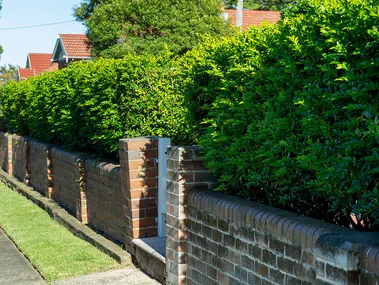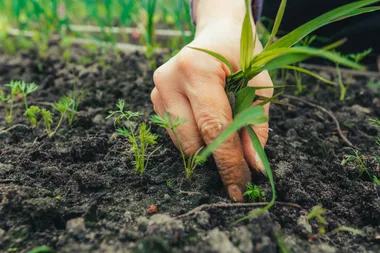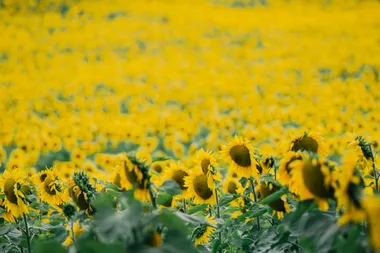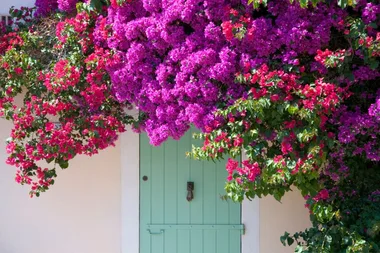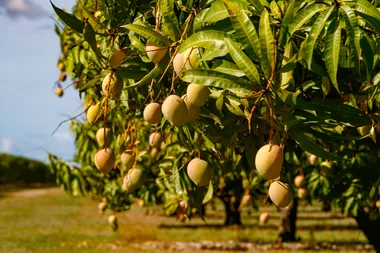While most people prep, plant, and prune their garden according to the seasons, it turns out there is another way to do it: by the moon.
WATCH: 3 quick veggie patch jobs
With blood moons and super moons regularly attracting news-worthy attention, it’s no surprise the latest celestial trend is taking off.
Moon gardening or moon planting, is an ancient agricultural practice that has seen a recent resurgence in popularity. The new trend is all about planting and caring for your garden according to the moon phases.
While there’s reason to be skeptical, many gardeners swear by it and believe moon planting to significantly improve the flavour of fruits and vegetables without the reliance of added fertilisers.
Lyn Bagnall, a writer and certified-organic gardener and farmer, has worked over 30 years in horticulture and has moon-planted for years.
“I have found from years of keeping records of germination, cutting strike rates, and harvest times, and comparing these with various types of moon planting, that traditional moon planting methods work,” says Lyn.
Since we know the phases of the moon has an impact on the ocean tides and that plants are made up of a high-water content, there may be some truth to this age-old story.
“Moon planting uses the same energies that control our tides. Research has shown that sap flow and hormones in plants are sensitive to the same gravitational pull, and subtle changes in Earth’s electro-magnetic fields,” says Lyn.
Whether you believe the hype or just want to try it out for yourself, here’s everything you need to know to successful moon gardening.

How to moon garden
As the moon orbits Earth, the amount we see illuminated changes. This is due to the alignment of the sun, moon and earth and means that there are four main phases of the moon: new moon, first quarter, full moon and third quarter.
To accurately moon garden, you need to know what part of the cycle you’re in. It takes 29.5 days to get from one new moon to the next and these four phases are easy to recognise by the fullness of the moon. A new moon is dark and almost imperceptible, a quarter moon is a half moon, as is a third quarter and a full moon is, of course, full.
When it comes to gardening, a new moon and quarter phase (which is the moon’s waxing cycle) are the best times to plant above ground crops. The full moon (which is the waning cycle) is better suited for below ground, and the third quarter is the time for rest and preparation.
New moon
A new moon is a waxing one which means it’s growing bigger or increasing in light during this phase. It’s believed that this energy for growth also affects living things and you should expect an upsurge of energy. During this period sap flow increases in the above-ground parts of plants and favours leafy, fruiting and flowering plants.
This is the time to plant, prune, graft and transplant plants. If you want to encourage lawn growth, this is a good time to mow.
Quarter phase
The moon is still waxing in this phase and gardening is not recommended in the 12 hours before and after the full moon. The quarter phase favours the sowing of fruiting annuals grown for their seed-bearing parts. Sap flow is highest in the first quarter phase, making it the ideal time for new growth.
This is still a good time for adding new plants to your garden or transplanting anything that produces above the ground with seeds inside like tomatoes, capsicum and peas. After spring flowering, a quarter moon is a good time for pruning perennials, citrus trees and roses.
Full moon phase
You’ve probably heard of strange dreams, behaviour, and even a spike in crime being blamed on the full moon. It’s been hypothesised that during this time, electromagnetic energy peaks in all living things.
From 12 hours after the full moon, move your focus to below-ground plants like trees, shrubs, bulbs and root crops as they have a strong root system which is able to store nutrients and increase longevity. Pruning and harvesting is recommended in this phase, especially in winter, when fast and new growth is not required. Avoid planting foliage and edible plants as they will quickly wane, despite initial good growth.
Last quarter
As the moon decreases in light, sap flow becomes more concentrated in the root areas of plants. This is the boring phase of the moon when you’re best preparing the garden for planting and focusing on those tedious jobs like weeding, cultivating, pest control and fertilising. It’s also the best time to mow the lawn if you want to reduce growth.
